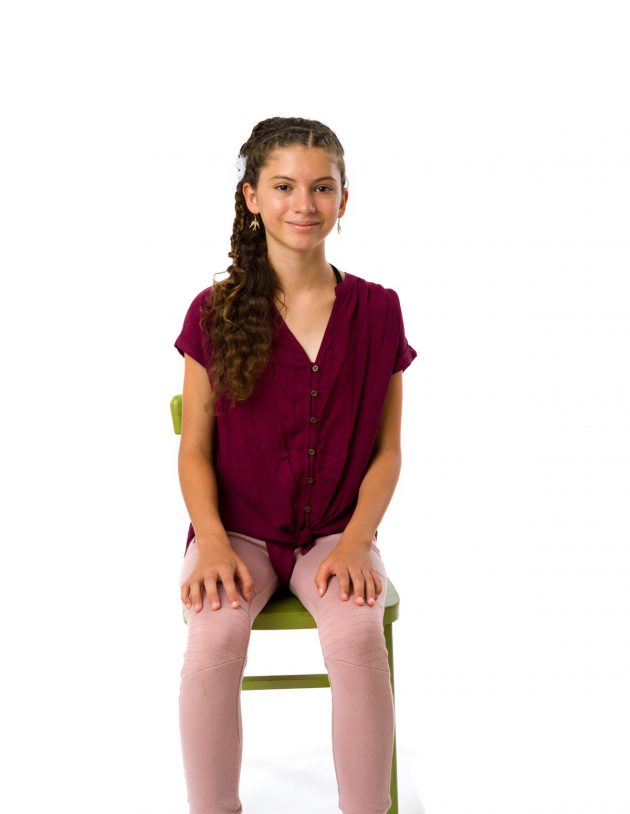As we embark on the holiday season, I am realizing more and more that joy is an essential quality of life that needs to be present when I teach. Oftentimes, joy gets knocked down the totem pole of qualities of teaching, in both traditional and non-traditional classrooms, and many people think feeling joy simply means having fun. Please note that when I talk about joy I don’t necessarily mean fun or silliness, although these can help create joy.
By the word joy, I mean the feeling of your whole being saying Yes! By joy, I mean feeling alive, open, and relaxed. It takes a lot of self-assurance to allow yourself to feel joy. Joy connects us to our bliss and can be both deeply empowering and grounding.
In Maps to Ecstasy, ecstatic dancer Gabrielle Roth writes, “Joy is the expansive energy of dynamic well-being. It uplifts, energizes, makes our eyes shine, gives a lift to our step, light to our whole being. It comes when our emotional energy flows freely…”
It is important in our teaching practice to take a step back and reflect on how much joy you are allowing yourself to feel in your teaching. How do you experience joy? Joy can be incredibly grounding for our students and it can also help our students to feel safe.
Below are some tips to cultivate more joy in your teaching practice.
- Embrace creativity. Where in your life are you being creative? Once you get that creative flow moving, a force that comes from deep within, a feeling of joy will follow. One aspect where I let my creativity shine is in how I teach my lessons. Although I follow a curriculum, I have my own take on it. I sit down and think about what this lesson means to me and how I can transmit that important message to my students in my own individual way. When I connect what I am teaching to my heart and my own creative self-expression, joy follows for me and for my students. Commit acts of creative self-expression daily, both when teaching and outside of the classroom.
- Be present for your students. No matter what, always show up to your class with a beginners’ mind and let your expectations go. The more open you are, the easier it is to allow the flow of emotions to happen. Sometimes, when I teach a lesson that goes really well, I’ll treat it as the perfect lesson, and try to teach the same exact lesson to the next class. When I do this, the next class usually does not respond the same way. There is less fun and excitement overall. It feels static and unauthentic. It took me some time to realize that a great lesson doesn’t always work the same wonders on a different set of students. I have to practice coming into each class with a fresh perspective, and be completely open to what the students present to me that day. I find that when I base my lesson on how the kids are responding to me rather than a well-laid out plan that worked for the previous class, the class feels much more powerful and joyful for both me and the students.
- Practice free movement in class. Even if it is just a short 30 second arm wiggle while students sit at their desks, free movement can be incredibly grounding experience, and it opens the doors to full freedom of self-expression. Joy manifests when the full self is being expressed. I try to include free movement, whether it is a wiggle game or some sort of free dance, in all of my classes, and I participate fully in it myself.
- Allow room for other emotions to be felt, by both you and your students. I learned a long time ago that if I wanted to fully experience joy, I also had to fully experience sadness and anger and other emotions that don’t feel very good. It is impossible to really know and experience true joy if you are inhibiting the full expression of the emotional self. If you only allow yourself to feel part of your sadness or anger, you will only feel part of your joy. This applies to you, and this also applies to your students. Practicing compassion towards your students and their range of emotions allows them to be fully present and provides them the opportunity to experience real joy in the classroom.
Remember that you deserve to experience joy in your life on a daily basis. Bringing joy to your students can be one of the most important parts of the work that we do as teachers.
Model this for your students, and classes will begin to take on a whole new life.



















